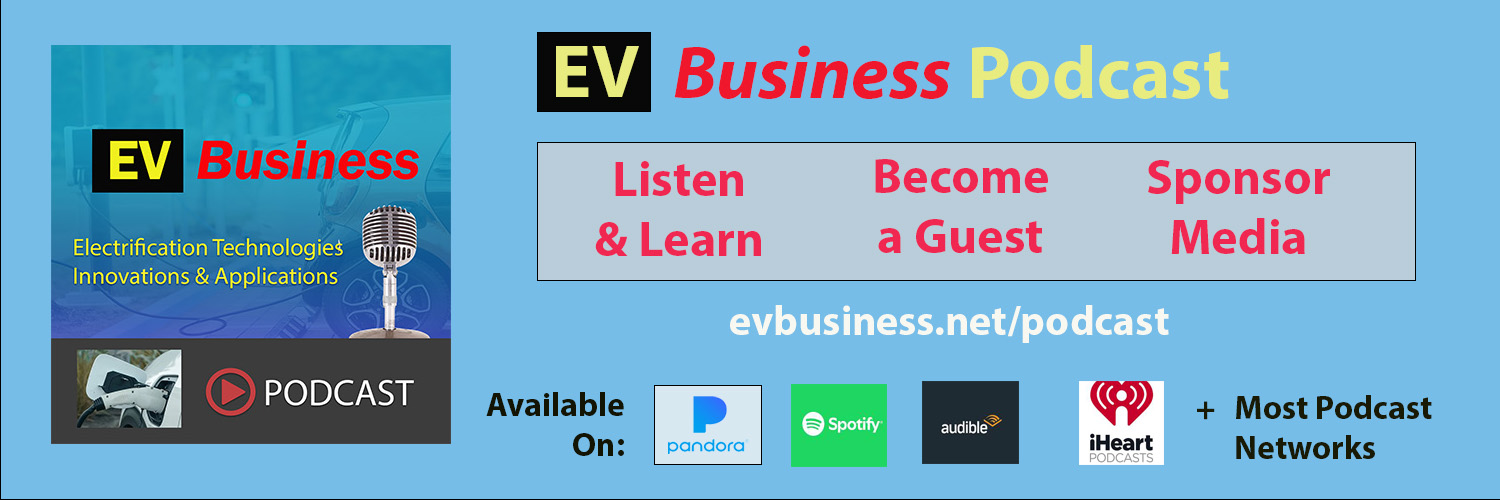Electric vehicle car manufacturers design and produce electric powered automobiles. EV cars are often designed with advanced aerodynamics for improved efficiency, cutting-edge battery technology for extended range and fast charging, and broad charging compatibility for convenience. Features like tailored driving modes, premium interior design, infotainment systems, and robust safety measures enhance usability and comfort. Exploring EV manufacturers offers insight into innovative solutions for eco-conscious, high-performance transportation.
Electric Vehicle – EV Car Manufacturers

EV Car Manufacturers List
<html list>
EV Car Manufacturers Key Features and Capabilities
Aerodynamics
Aerodynamics evaluates how the design of the vehicle minimizes air resistance and enhances performance and efficiency. Improved aerodynamic efficiency reduces energy consumption, leading to better range and overall performance.
Battery Technology
Battery technology includes factors such as capacity, range, charging speed, lifespan, and warranty coverage for the battery. These elements determine how far the vehicle can travel on a single charge and how quickly it can recharge, directly impacting the convenience and usability of the EV.
Charging Compatibility
Charging compatibility covers the vehicle’s ability to connect to public and proprietary charging networks as well as home charging solutions. This feature ensures that owners have flexible and convenient charging options wherever they go, a critical aspect of EV ownership.
Customer Support and Service
Customer support and service reviews the accessibility and responsiveness of the manufacturer’s support team. Reliable and efficient customer support enhances the overall ownership experience and helps resolve issues promptly.
Driving Modes
Driving modes evaluate specific settings designed for unique use cases such as off-road driving, towing, or enhanced energy efficiency. These tailored driving modes enhance versatility, allowing the vehicle to adapt to different driving conditions and preferences.
Energy Efficiency
Energy efficiency focuses on how effectively the vehicle converts stored energy into driving range. Higher energy efficiency means better performance per charge, reducing the overall cost of operation and increasing environmental benefits.
Infotainment and Connectivity
Infotainment and connectivity cover in-car entertainment systems, smartphone integration, and voice controls. These features enhance the driving experience by keeping drivers informed, connected, and entertained during their journeys.
Interior Design
Interior design assesses the quality of materials, technological features, and ergonomic layout of the vehicle’s cabin. A well-designed interior contributes to comfort, functionality, and a premium driving experience.
Maintenance and Support
Maintenance and support evaluate warranty coverage, availability of service centers, and ease of maintenance. Comprehensive support reduces the long-term cost of ownership and ensures the vehicle remains in optimal condition.
Model Variety
Model variety considers the range of vehicle types and configurations available to meet diverse needs and budgets. Offering a wide variety of models allows manufacturers to cater to different customer preferences and requirements.
Noise Suppression
Noise suppression assesses the smoothness of the ride and the level of cabin noise during operation. A quieter cabin enhances comfort and makes the driving experience more enjoyable, particularly on long journeys.
Safety Features
Safety features highlight crash safety ratings, advanced driver-assistance systems, and the structural integrity of the vehicle. High safety standards provide peace of mind and protect both the driver and passengers in various scenarios.
Sustainability
Sustainability focuses on the use of eco-friendly materials and environmentally conscious manufacturing practices. Emphasizing sustainability reflects a commitment to reducing the environmental impact of vehicle production and operation.
Vehicle Performance
Vehicle performance evaluates acceleration, top speed, handling, and efficiency. High performance enhances driving enjoyment, responsiveness, and reliability across various conditions.
Warranty
Warranty includes coverage for the entire vehicle, powertrain, and specific components like batteries. Comprehensive warranties provide assurance against defects and reduce financial risks for owners.
Electric Vehicle – EV Car Glossary
Battery Electric Vehicle (BEV) – A type of electric vehicle that operates entirely on battery power without any internal combustion engine.
Battery Management System (BMS) – A system that monitors and manages the performance, safety, and charging of an EV’s battery pack.
Charger Power Output (CPO) – The amount of power (in kilowatts) that an EV charger can deliver to a vehicle’s battery.
Charging Point Operator (CPO) – An organization responsible for maintaining and managing EV charging stations.
Combined Charging System (CCS) – A standardized charging protocol for EVs that supports both AC and DC charging.
Demand Response (DR) – A system that adjusts energy consumption patterns based on the availability of electricity, helping to balance grid demand.
Electric Drive Unit (EDU) – The assembly in an EV that integrates the electric motor, power electronics, and gearbox.
Electric Vehicle (EV) – A vehicle powered by electric motors using energy stored in batteries or other energy storage devices.
Electric Vehicle Supply Equipment (EVSE) – Infrastructure that supplies electric energy for the recharging of electric vehicles.
Energy Density (ED) – A measurement of how much energy a battery can store per unit of weight or volume, usually expressed in Wh/kg or Wh/L.
Energy Management System (EMS) – A system that monitors and optimizes energy usage in EVs and their charging infrastructure.
Extended Range Electric Vehicle (EREV) – An EV with a small internal combustion engine used to recharge the battery, extending its range.
Fast Charging (FC) – A type of charging that provides high power levels to charge EV batteries in a short period.
Hybrid Electric Vehicle (HEV) – A vehicle powered by both an internal combustion engine and an electric motor.
Internal Combustion Engine (ICE) – A traditional vehicle propulsion system powered by burning fuel such as gasoline or diesel.
Kilowatt (kW) – A unit of power equal to 1,000 watts, often used to measure EV motor output or charging power.
Kilowatt-Hour (kWh) – A unit of energy representing the power consumption of one kilowatt over one hour, used to measure battery capacity.
Level 1 Charging – The slowest form of EV charging using a standard household electrical outlet.
Level 2 Charging – A medium-speed charging option requiring specialized equipment and operating at higher power levels than Level 1.
Level 3 Charging – Also known as DC fast charging, provides rapid recharging of EV batteries using high-voltage direct current.
Lithium-Ion Battery (LIB) – A type of rechargeable battery commonly used in EVs due to its high energy density and long cycle life.
Net Zero Emissions (NZE) – A goal or state where a company or activity offsets its greenhouse gas emissions to achieve a balance of zero emissions.
Original Equipment Manufacturer (OEM) – A company that designs, manufactures, and sells vehicles under its own brand name.
Plug-in Hybrid Electric Vehicle (PHEV) – A hybrid vehicle with a larger battery that can be recharged externally to operate solely on electricity for a certain range.
Powertrain Control Unit (PCU) – The system in an EV responsible for managing the motor and power delivery for efficient vehicle operation.
Regenerative Braking (RB) – A process in which the kinetic energy of a vehicle is converted into electrical energy and stored in the battery during braking.
Solid-State Battery (SSB) – An advanced battery technology that uses solid electrolytes instead of liquid, offering higher energy density and safety.
State of Charge (SOC) – The percentage of energy remaining in a vehicle’s battery, indicating its current charge level.
Thermal Management System (TMS) – A system that regulates the temperature of an EV’s battery and drivetrain components to ensure optimal performance and longevity.
Vehicle-to-Grid (V2G) – A technology that allows EVs to communicate with the power grid to return stored energy when needed.

